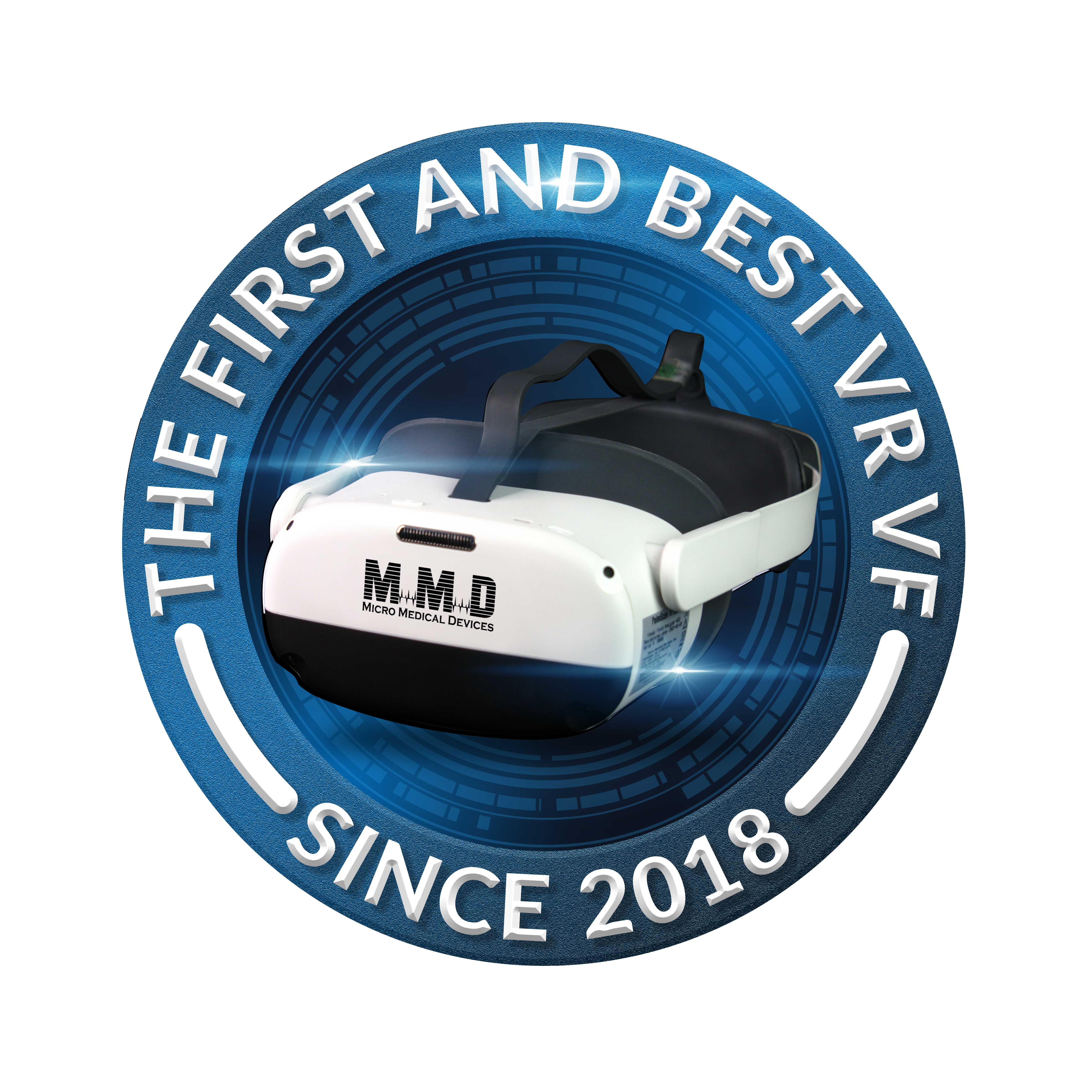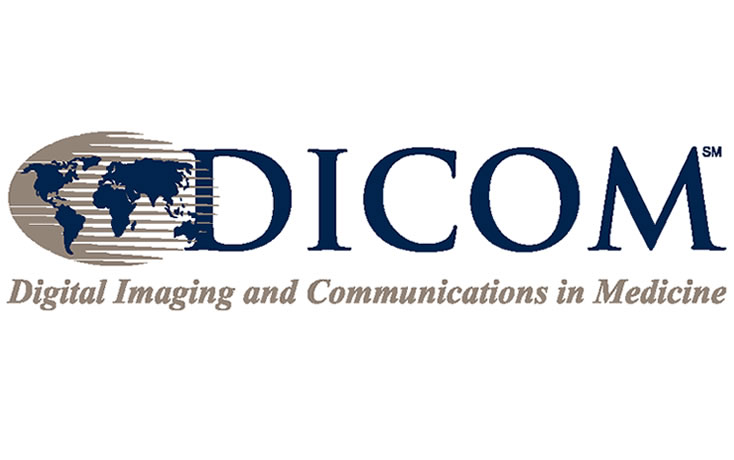A Pediatric Vision Care Guide Featuring Micro Medical Devices
Performing visual field testing on children can be challenging, not because of the technology but because of the patient experience. Young patients may struggle to focus, grow restless during longer tests, or feel anxious about unfamiliar equipment.
As pediatric eye care evolves, Micro Medical Devices leads the way in creating modern diagnostic tools that make testing faster, easier, and more engaging for children. Through innovative virtual reality visual field technology and advanced diagnostic systems, Micro Medical Devices helps clinicians create a comfortable, accurate, and child-friendly testing environment that ensures reliable results.
1. Why Visual Field Testing Is Important in Children
Visual field testing plays a key role in pediatric eye care. Early functional testing can help identify:
- Congenital or developmental defects, such as optic nerve hypoplasia
- Neurological conditions that affect peripheral vision
- Post-surgical outcomes after CXL or strabismus surgery
- Functional limitations associated with amblyopia or high refractive error
Consistent visual field evaluations using advanced digital solutions from Micro Medical Devices help clinicians establish reliable baselines and support early intervention and long-term visual development monitoring.
2. Challenges of Pediatric Visual Field Testing
Children present unique testing challenges, including:
- Difficulty understanding instructions
- Feeling intimidated by traditional bowl perimeters
- Fatigue during longer tests
- Inconsistent fixation that reduces data reliability
Traditional perimeters can be overwhelming for young patients, but Micro Medical Devices designs modern tools that eliminate many of these obstacles.
3. Making Visual Field Testing More Child-Friendly with Micro Medical Devices
Use Micro Medical Devices Virtual Reality Visual Field Systems
Micro Medical Devices offers innovative VR-based visual field testing solutions that are ideal for pediatric settings.
Key Benefits for Children
- Comfortable and portable headset with no chin rest required
- An engaging, immersive experience that keeps children focused
- Fast testing times that take only a few minutes
- Improved accuracy through eye tracking and movement tolerance
- Kid-friendly interface that turns testing into an interactive experience
Tip: Let children try the headset before testing to build comfort and confidence.
4. Creating a Calm and Comfortable Testing Environment
Your environment sets the tone for a child’s experience. When paired with Micro Medical Devices’ portable VR visual field systems, pediatric testing becomes flexible and stress-free.
Tips for a Pediatric-Friendly Setup
- Use bright and cheerful decor
- Add soft lighting
- Play calming sounds or gentle music
- Demonstrate the device with toys or models
- Allow parents to stay nearby
- Offer positive reinforcement or small rewards
Because Micro Medical Devices VR perimetry tools do not require a dark room, clinicians can perform visual field testing anywhere, even at the child’s seat.
5. Simplify Instructions and Build Trust
Children perform best when instructions are:
- Simple
- Visual
- Encouraging
Micro Medical Devices training or demo modes help children understand the task before the real test begins. Clear guidance helps maintain confidence and cooperation.
6. Pairing Functional and Structural Testing with Micro Medical Devices Solutions
For complete pediatric assessments, functional testing should be paired with structural diagnostics offered by Micro Medical Devices.
| Micro Medical Devices Tool | Pediatric Assessment Use |
|---|---|
| A Scan Biometry | Tracks axial length and eye growth for myopia management |
| B Scan Ultrasound | Detects retinal and optic nerve anomalies when fundus visibility is limited |
| Pachymeter | Monitors corneal thickness for glaucoma or keratoconus screening |
| Keratometer | Measures corneal curvature in young contact lens wearers |
| CXL Systems | Supports treatment and monitoring of pediatric keratoconus |
Using both structural and functional data from Micro Medical Devices provides a complete understanding of pediatric visual health.
7. Gamification Makes Testing Fun
Gamified environments in Micro Medical Devices VR technology help:
- Maintain attention
- Reduce anxiety
- Encourage participation
- Improve response consistency
When testing feels like a game, children are more engaged and more reliable.
8. Supporting Special Populations and Neurodiverse Children
Children with autism, ADHD, or sensory challenges often require modified testing approaches. Micro Medical Devices VR perimetry supports these needs by offering:
- Short flexible testing sessions
- Minimal sensory overload
- Practice modes
- Portable equipment that feels less intimidating
This makes it easier to obtain reliable visual field data even in sensitive cases.
9. Data Quality and Follow-Up Care with Micro Medical Devices
Accurate baseline data is essential for long-term pediatric vision monitoring.
Recommended follow-up intervals:
- Every 6 to 12 months for routine pediatric exams
- Every 3 to 6 months for congenital glaucoma, keratoconus, neurological concerns, or post-CXL care
Using the same Micro Medical Devices system at each visit ensures consistent and reliable comparisons over time.
10. Training Your Team with Micro Medical Devices Pediatric Workflow
Your staff plays a major role in successful pediatric testing. Micro Medical Devices offers intuitive interfaces and straightforward workflows that simplify training.
Staff should be familiar with:
- VR headset setup and calibration
- Age-appropriate communication
- Monitoring fixation
- Identifying unreliable results
- Encouragement and motivation techniques
User-friendly systems from Micro Medical Devices help create a positive and successful testing experience for young patients.
Conclusion
Visual field testing for children does not have to be difficult. With the right tools, it can be fast, accurate, and enjoyable.
Micro Medical Devices leads the industry by providing innovative VR visual field solutions and advanced diagnostic tools designed specifically for the needs of pediatric patients.
By integrating Micro Medical Devices technology, such as VR perimetry, A-Scan, B-Scan, pachymetry, keratometry, and CXL systems, clinicians can deliver a comfortable and comprehensive diagnostic experience that children trust.
A better pediatric testing experience today helps ensure stronger eye health for life.







